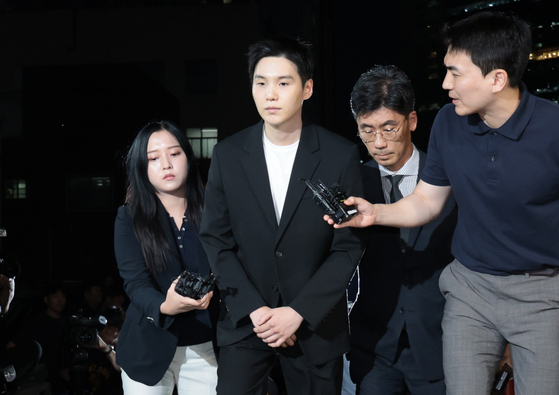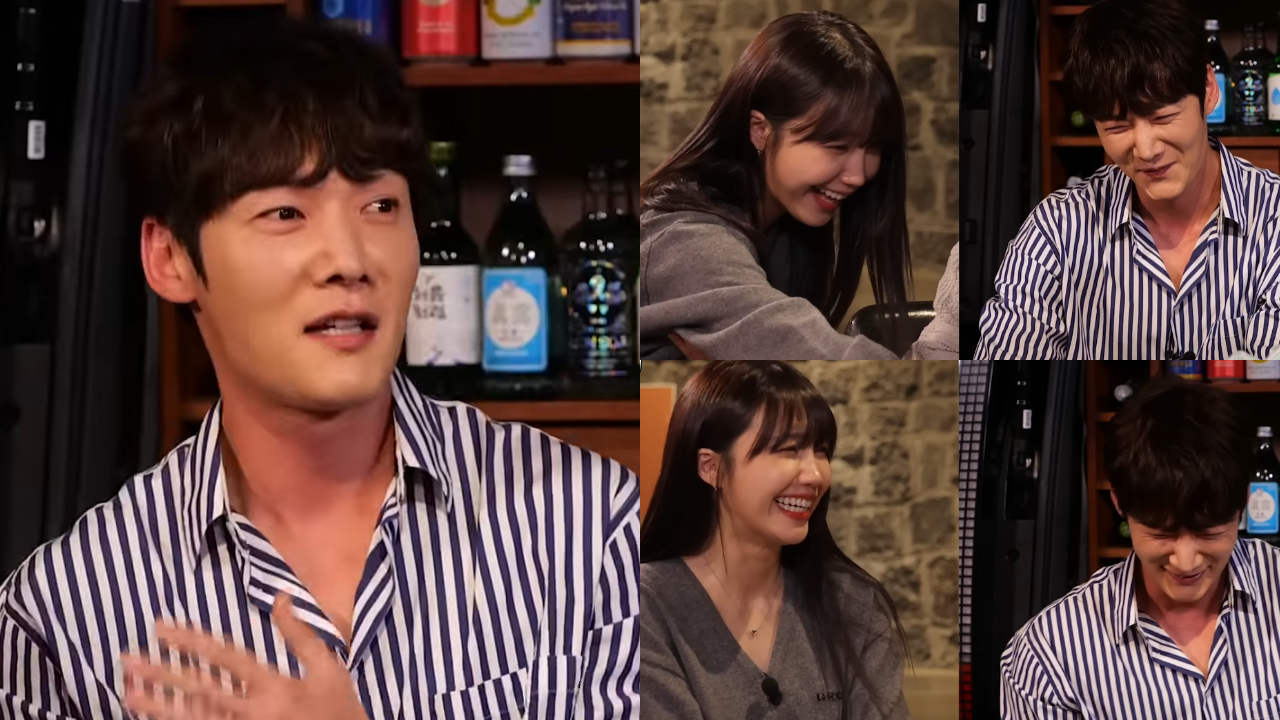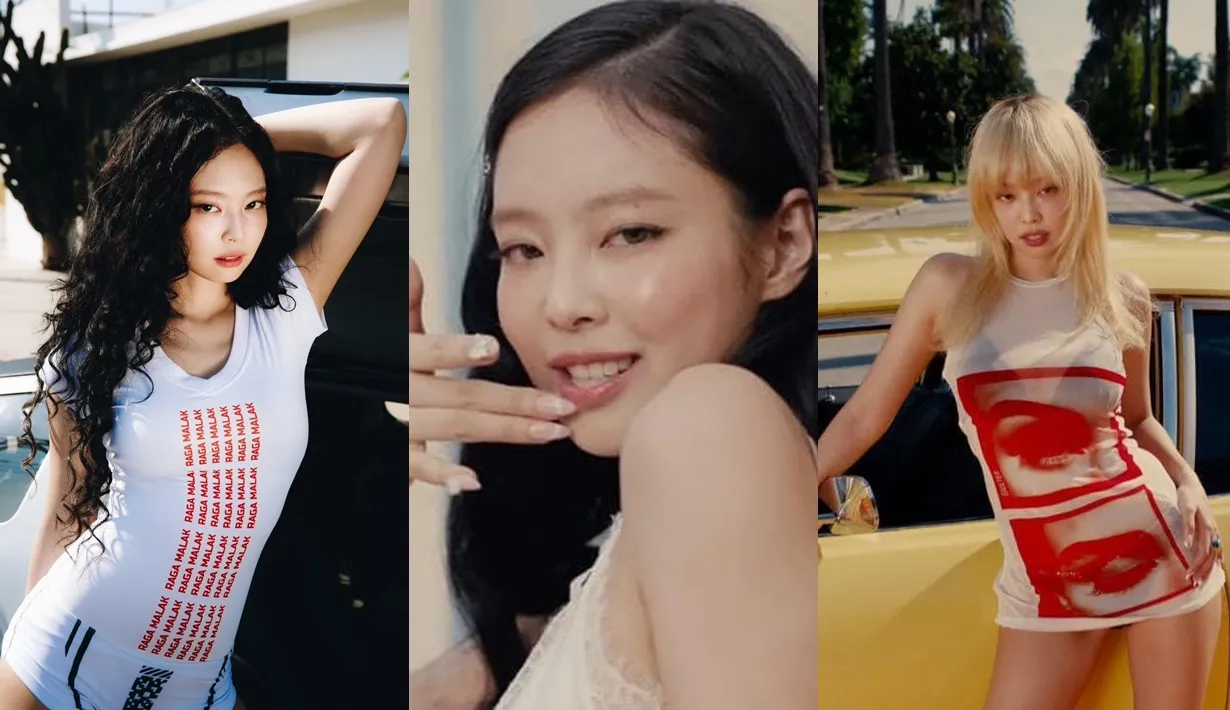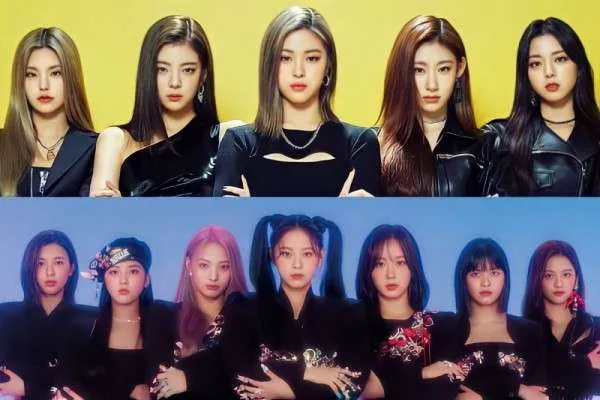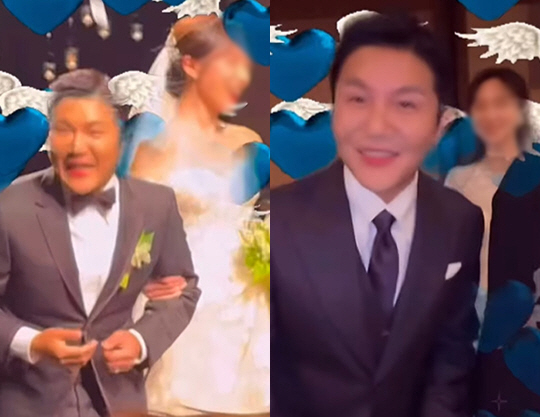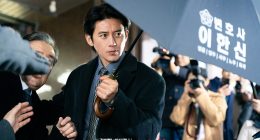On August 23, BTS member Suga appeared at the Yongsan Police Station for questioning regarding a recent drunk-driving incident involving an electric scooter. The incident occurred on August 6, 2024, and has since garnered significant media attention.
As Suga arrived at the police station, numerous news outlets were present, capturing his entrance and questioning him about the incident. Suga briefly paused to apologize to the press and assured them that he would cooperate fully with the investigation.
However, this media coverage has sparked concern among fans, particularly the BTS fanbase known as ARMY. Many questioned whether the way Suga was exposed to the media was in violation of South Korean law. Under South Korean regulations, there are strict guidelines to protect the privacy and rights of individuals involved in police investigations.
Legal Protections for Individuals Under Investigation
South Korean law includes specific provisions to ensure that the details of a police investigation remain confidential and that the privacy of those involved is protected. According to the Regulations on Public Information Regarding Police Investigations and Related Cases, the police must adhere to several guidelines during investigations.
Article 15 of these regulations explicitly prohibits the disclosure of information regarding the arrival, departure, or transportation of individuals involved in a case. The law mandates that the head of a police station must not reveal any details about the time, place, or circumstances of an individual’s attendance at the police station.
Article 16 further prohibits the filming, recording, or broadcasting of investigative processes by the media. This is intended to prevent the exposure of individuals involved in a case and to avoid disrupting the investigation. The law requires police to take necessary measures to protect the privacy and safety of the parties involved, even if media coverage is unavoidable.
Was the Law Violated?
The footage of Suga walking through a lineup of reporters outside the police station has led many to question whether these legal protections were upheld. The presence of media at the station, coupled with the detailed coverage of Suga’s arrival, appears to contradict the guidelines set forth in Articles 15 and 16.
Fans have expressed concern that the police may have failed to adequately protect Suga’s privacy, as required by law. The incident has reignited discussions about the balance between public interest and the rights of individuals involved in legal proceedings, particularly in high-profile cases involving celebrities.
Conclusion
Suga’s appearance at the Yongsan Police Station has raised important questions about the enforcement of South Korea’s legal guidelines during police investigations. The incident highlights the ongoing tension between media coverage and the privacy rights of individuals, especially in cases involving public figures. As the investigation continues, it remains to be seen whether any legal action will be taken regarding the media’s presence at the police station and whether the authorities will address the concerns raised by fans and legal experts alike.

